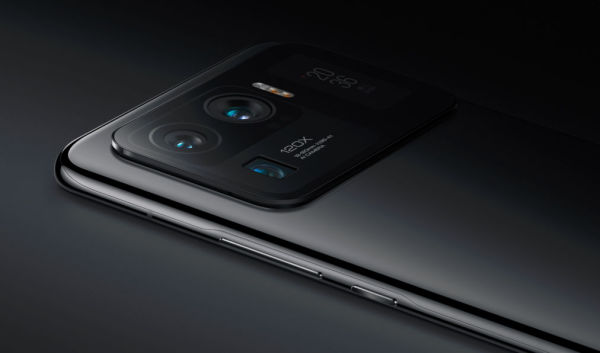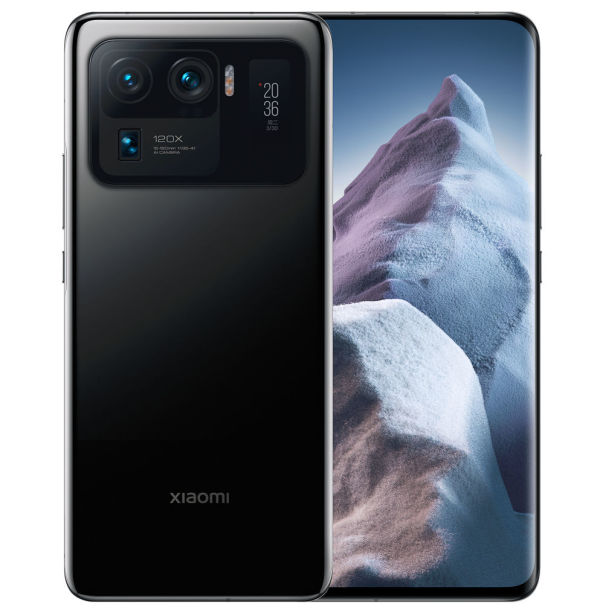As expected, Xiaomi is the first manufacturer to use the  Samsung Isocell GN2 image sensor in the newly introduced Mi 11 Ultra, which is extremely large with its 1/1.12-inch sensor area, just like its sensor pixel size. It is 1.4 micrometers, which can be combined via pixel binning to virtual 4K resolution with 2.8 micrometer pixels.
Samsung Isocell GN2 image sensor in the newly introduced Mi 11 Ultra, which is extremely large with its 1/1.12-inch sensor area, just like its sensor pixel size. It is 1.4 micrometers, which can be combined via pixel binning to virtual 4K resolution with 2.8 micrometer pixels.

The large 50MP Samsung sensor sits behind f/1.95 optics in the Mi 11 Ultra's main camera, but the other two camera modules are also above average, as both feature a 48MP Sony sensor (1/2"). The telephoto module works with a 5x optical zoom thanks to Periscope-like lens arrangement (10x hybrid), while the ultra-wide-angle camera has a 128° angle of view.
All three camera modules support recording 8K at 24fps, and Xiaomi is also talking about slow motion at up to 1920 fps. That should then apply to resolutions below FullHD, since the Samsung sensor "only" produces 480fps at 1080p. A time-of-flight laser focus system with a 64-zone depth map is implemented for autofocus. Dual Native ISO Fusion and the "Stagger-HDR" technology from the Mi 10 Ultra are also on board again, just like various AI algorithms for brighter night shots or for correcting optical distortions.

The fact that there is a lot of camera in the smartphone can already be seen from the outside because the camera section visibly protrudes from the back. Besides the camera trio, there is also a small display that shows status displays by default, but it acts as a preview monitor when you want to take selfies with the main camera.
The 120Hz WQHD+ Samsung AMOLED display of the Mi 11 Ultra measures 6.81" and offers a peak brightness of 1,700 nits, Dolby Vision and HDR10+ are supported. Other features of the smartphone include the built-in Qualcomm Snapdragon 888 SoC, a memory combo of LPDDR5 + UFS 3.1, a turbo charging feature, and IP68 rating.
The Mi 11 Ultra with 12GB+256GB is expected to cost 1,199 Euros, but it is not yet known when it will be available.

